6 Things to Consider When Buying Printer Ink Online
9 min read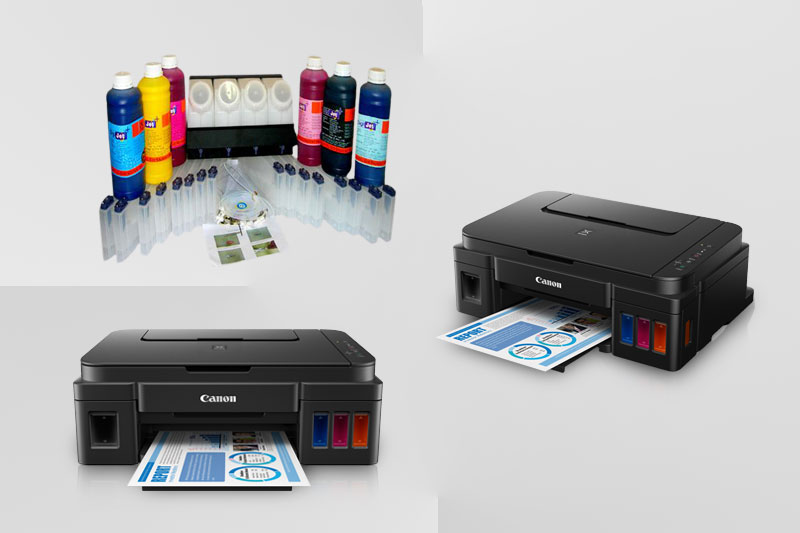
On average, a household takes around 6000 printouts. The numbers go up significantly when it comes to commercial spaces and other office environments. Reports show that the annual printer cartridge revenue is more than a whopping 23 billion dollars. This indicates that the money spent on printing daily can be even more than a layman’s income.
When you buy a new printer, a chunk of what you pay is going for the research to create better ink for printers. Ink or toner is the lifeblood of a printer. What determines the quality of printer ink are some factors like the formula to remain homogenous, withstand temperature extremities and the pressure while being pushed out of the nozzle at a high speed, and the time it takes to dry on paper.
Consumer reports from 2013 show that inkjet ink costs anywhere from $13 to $75 per ounce. Many a time the cost of printer ink is more than your expensive fancy perfume or the champagne you saved for an occasion. This can be reduced considerably if you take care of a few things.
When buying printer ink online, it’s important to consider a few things:
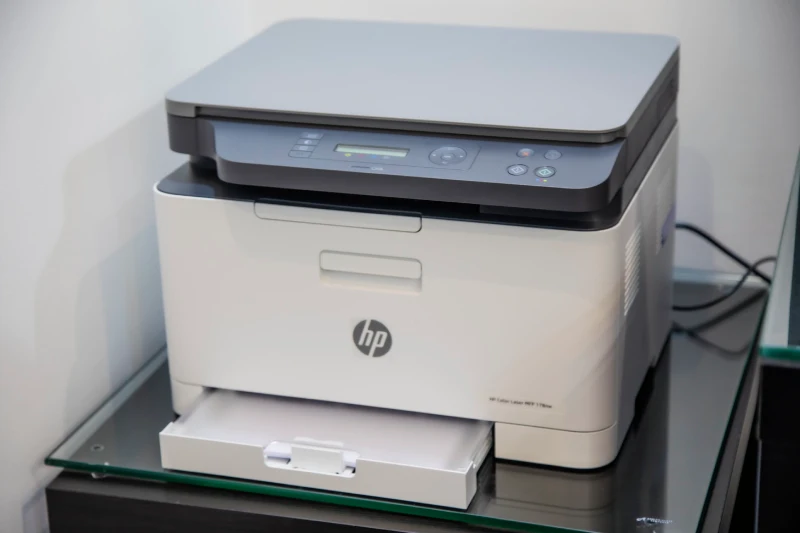
- Compatibility: Make sure that the ink you’re purchasing is compatible with your printer model.
- Price: Shop around and compare prices from different retailers to find the best deal.
- Reputation: Look for online retailers with a good reputation and positive customer reviews.
- Return policy: In case the ink you receive is defective or not what you expected, it’s important to choose a retailer with a good return policy.
- Shipping: Consider the shipping costs and estimated delivery time when making your purchase.
By considering these factors, you can make an informed decision and find the best ink for your printer at a good price.
Table of Contents
1. Ask these basic questions to yourselves
Here are a few basic questions you can ask yourself when buying printer ink online:
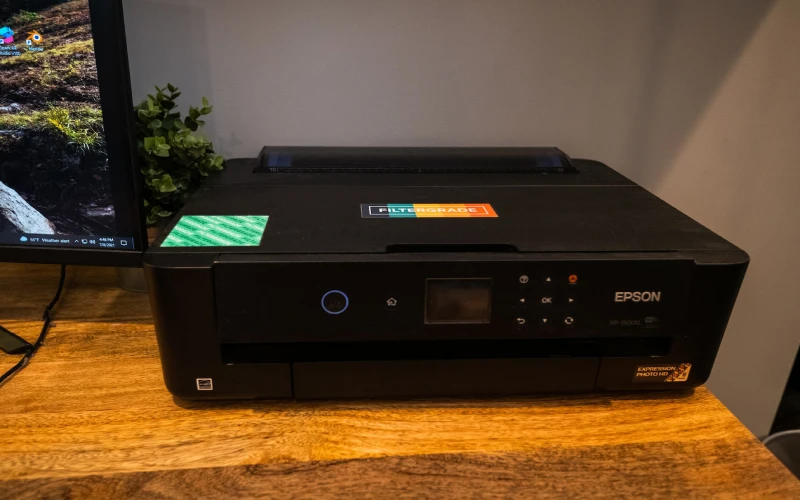
- Is this ink compatible with my printer model?
- Is the price of this ink competitive compared to other retailers?
- Does this retailer have a good reputation and positive customer reviews?
- What is the retailer’s return policy in case the ink is defective or not as expected?
- How much will the shipping cost and how long will it take for the ink to be delivered?
- Is a standard 20lb paper sufficient to take prints for me? Or should I switch to a higher-quality paper?
- How many pages do I print on average per day?
- How quick should the yield be?
- Do I print in color? Or black and white?
- How clean and smudge-free should the printouts be?
2. Consider Print Loads
It’s a good idea to consider your print loads when buying printer ink. Here are a few things to consider:
- How often do you print? If you only print a few pages per month, you may not need a lot of ink. On the other hand, if you print frequently, you’ll need to make sure you have enough ink to meet your needs.
- What type of documents do you print? If you print mostly text documents, you won’t use as much ink as if you were printing graphics or photos.
- Do you have any special printing needs? If you need to print high-quality graphics or photos, you may need ink with a higher resolution.
By considering your print loads, you can determine how much ink you need and choose a cartridge or ink bottle that will meet your needs.
Inkjet ink
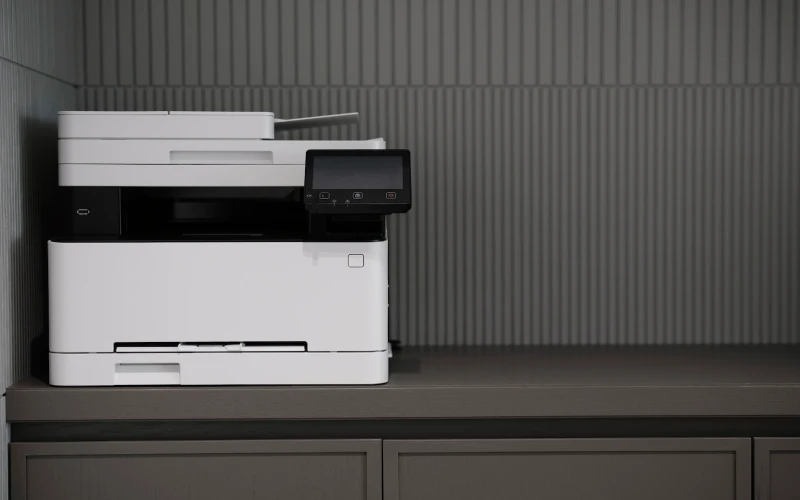
Inkjet ink is a type of printing ink that is used in inkjet printers. It is made up of pigments or dyes suspended in a liquid solution. When the printer’s inkjet nozzles spray the ink onto the paper, the liquid portion of the ink is absorbed, leaving the pigments or dyes behind to create the image.
Inkjet ink is available in a variety of colors, including black, cyan, magenta, and yellow. Some inkjet printers use a single cartridge that contains all four colors, while others use separate cartridges for each color.
Inkjet ink is generally more affordable than laser toner, but it can be prone to smudging and is not as long-lasting as laser prints. It is best suited for printing documents and images with a moderate level of detail, such as photos and graphics.
- Inkjet printers are smaller and are used for small-scale printing. But the advantage is that one can take colored printouts.
- While purchasing inkjet ink, check the printer box and paperwork to decide what type is required.
- Ink usage depends on the size of the cartridge. For instance, a standard 11 ml cartridge can produce up to 220 pages while a 16 mo cartridge can produce up to 320 pages before a refill.
- Pay attention to capacity, cost, and volume yield before buying inkjet ink cartridges.
Laser printer toner
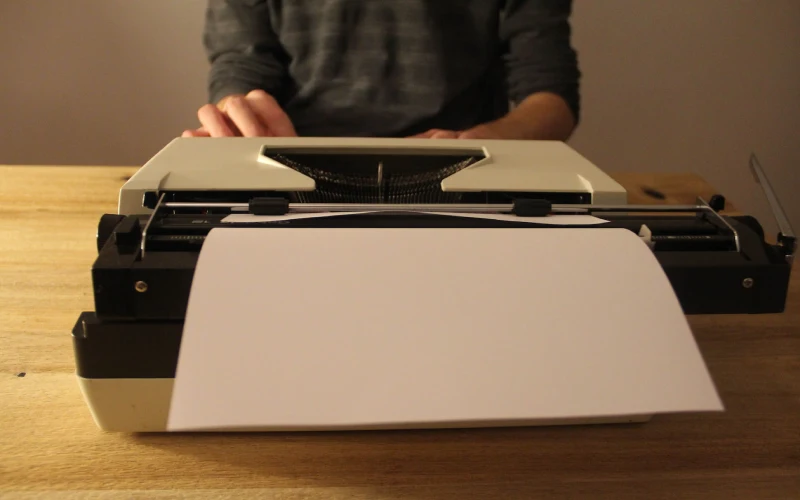
Laser printer toner is a fine powder made up of plastic particles, pigments, and other chemicals. It is used in laser printers to produce high-quality text and graphics on paper.
When a laser printer is activated, a laser beam “draws” the image to be printed onto a rotating drum. The drum is coated with a layer of toner, which is attracted to the electrically charged areas of the drum where the laser beam has struck. The toner is then transferred from the drum onto the paper, where it is fused to the surface by heat and pressure.
Laser printer toner is generally more expensive than inkjet ink, but it produces prints that are more resistant to smudging and fading. It is best suited for printing documents with a high level of detail, such as text-heavy reports and legal documents.
- Laser printers are used in big office spaces where bulk printing is required. Only black and white printing are possible using them.
- Laser printer cartridges cost more than inkjet ink cartridges but they can yield up to 20,000 pages, making them ideal for large-scale printing.
3. Check printer output
It’s a good idea to check the output of your printer regularly to ensure that it is functioning properly.
Here are a few things to look for:
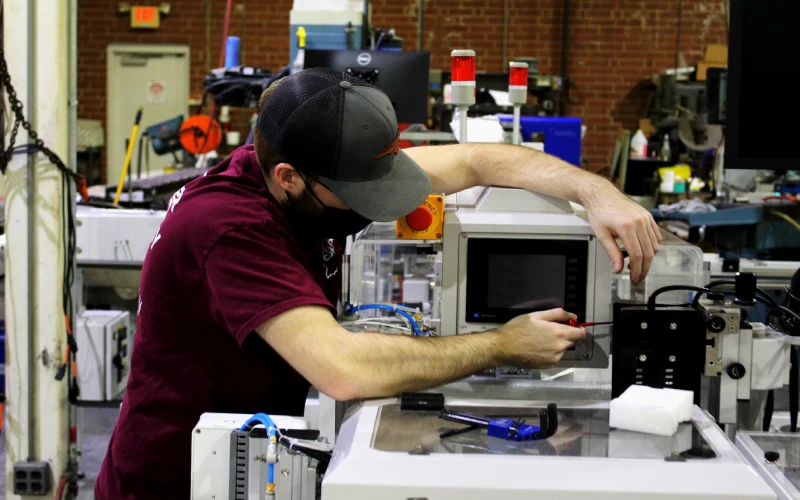
- Print quality: Check the print quality of your documents to make sure that the text and graphics are clear and free from defects.
- Color accuracy: If you’re printing photos or graphics, make sure that the colors are accurate and true to life.
- Print speed: Check how long it takes for your printer to complete a print job. If it is taking longer than expected, it may be a sign of a problem.
- Ink or toner levels: Keep an eye on the ink or toner levels in your printer. If they are running low, it’s time to replace the cartridges.
By regularly checking the output of your printer, you can catch any problems early and keep your printing running smoothly.
- The best way to evaluate the quality of the ink cartridge is through print output.
- To check the output, run a sample test and check the statistics box for information like page yield, ink output, and usage levels.
- Always run the sample test to determine the type of ink to be used and the reliability of the ink.
- If there is excessive output, the ink will be runny and there will be smudges on the print.
- If the output is too less, the cartridge will be dry and the print will not be bold and clear enough.
- Higher-quality ink will yield smooth prints.
- Lower-quality ink will cause the printouts to be too fast or too slow. The prints will be choppy.
4. Switch to Generic Printer Ink Cartridges
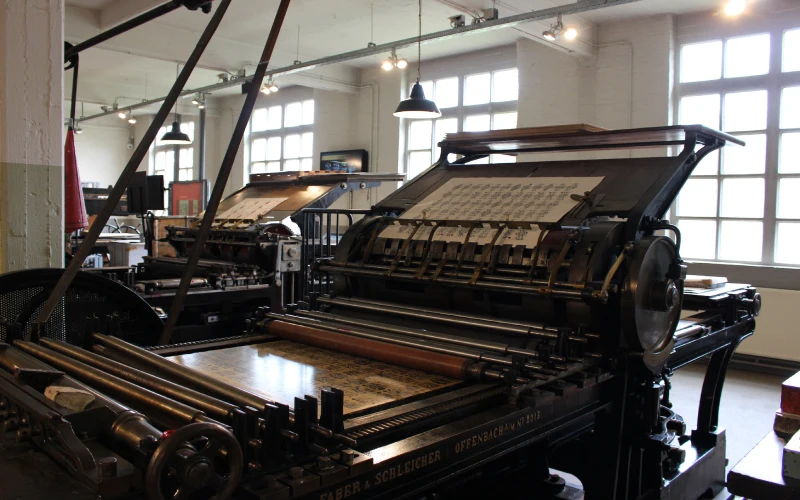
Switching to generic printer ink cartridges can be a way to save money on your printing costs. Generic cartridges are made by companies other than the manufacturer of your printer and are often available at a lower price than brand-name cartridges.
There are a few things to consider when using generic ink cartridges:
- Compatibility: Make sure that the generic cartridges you purchase are compatible with your printer model.
- Quality: Generic cartridges may not produce the same print quality as brand-name cartridges. They may not be as vibrant or long-lasting.
- Warranty: Using generic cartridges may void the warranty on your printer.
- Return policy: If you experience any problems with generic cartridges, it’s important to choose a retailer with a good return policy.
If you are willing to compromise on print quality and are not concerned about voiding your printer’s warranty, switching to generic ink cartridges may be a good way to save money on your printing costs.
Do not waste your money on branded printer ink if the warranty period of your printer is over. Instead, opt for generic printer ink cartridges that can cut down on your expenditure by up to 75%. These cartridges are as reliable as their costly counterparts and often yield more than what the latter can. It does not affect the print quality as well. You can buy these cartridges on sites like YoyoInk.
If the warranty of your printer is not over yet, it is best to stick to branded ink as using generic counterparts will make the active warranty invalid.
5. Toner or Ink Cartridges?
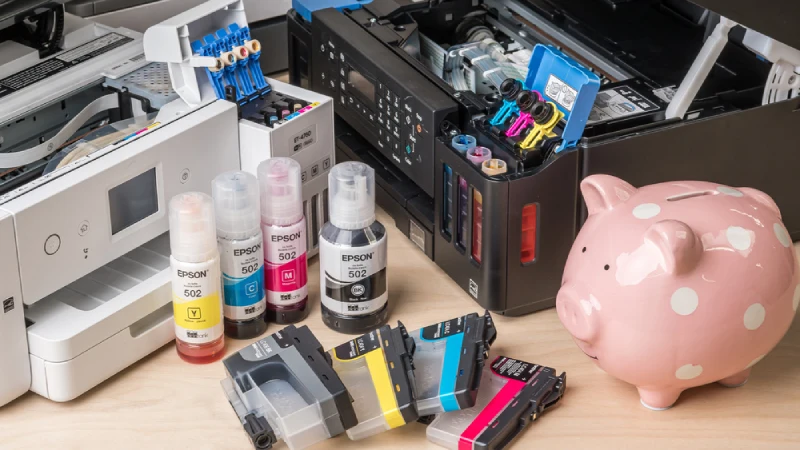
Toner cartridges and ink cartridges are both used in printers, but they are not interchangeable. Toner cartridges are used in laser printers, while ink cartridges are used in inkjet printers.
Toner is a fine powder made up of plastic particles, pigments, and other chemicals. It is used in laser printers to produce high-quality text and graphics on paper. Toner is generally more expensive than ink, but it produces prints that are more resistant to smudging and fading.
Ink is a liquid printing ink that is used in inkjet printers. It is made up of pigments or dyes suspended in a liquid solution. Inkjet ink is generally more affordable than toner, but it can be prone to smudging and is not as long-lasting as laser prints.
It is important to use the correct type of cartridge for your printer to ensure that it functions properly and produces high-quality prints.
- Ink is a concoction of chemical colorants and water whereas toner is a powder made of polymers and organic compounds.
- Toner is used in laser printers while ink cartridges are used in inkjet printers.
- Inkjet prints are more prone to smudging. Toner prints produce highly defined images.
- Inkjet printers take more time than laser printers which use toner.
- Laser printers can print only in black while inkjet printers can print in different colours.
- Laser printers yield more pages in lesser time when compared to their inkjet counterparts.
- Laser printers are preferred in large commercial settings because of their better efficiency.
Toner is a better option to be used in printers. But the main disadvantage of using a toner is that the refills are way more expensive than ink if you rely on branded ink. Instead, switch to third-party sellers who will provide cost-effective alternatives for you.
6. Drum Units and Toner Cartridges
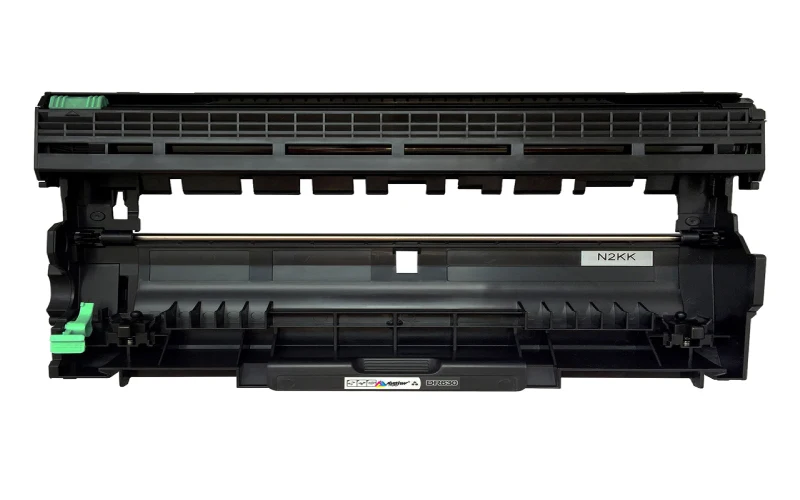
In a laser printer, the drum unit and toner cartridge work together to produce high-quality prints.
The drum unit is a rotating cylinder that is coated with a layer of electrically charged material. The laser beam “draws” the image to be printed onto the drum, creating a pattern of charged and uncharged areas.
The toner cartridge contains a supply of toner, which is a fine powder made up of plastic particles, pigments, and other chemicals. When the toner cartridge is installed in the printer, the toner is attracted to the charged areas of the drum.
The drum unit and toner cartridge work together to transfer the toner onto the paper, where it is fused to the surface by heat and pressure. The drum unit is typically a separate component from the toner cartridge, and it may need to be replaced periodically depending on the printer model and usage.
- A Toner cartridge is a container in which the toner is stored in the printer. The drum unit is an electrically charged component that fuses the toner and transfers it to paper.
- Both these are essential components of a laser printer.
- Sometimes, they come as a single unit in the printer and sometimes they come as separate units.
- The advantage of relying on separated units is that you can replace them individually as both of them will never stop working at the same time.
- You can rely on generic sites to buy these parts from brands like Brother, Epson etcetera depending on your printer type and the yield you are aiming for. For example, prefer using the Brother printer ink toner drum for Brother company printers and not any other brands.
Printing becomes a hassle-free task if you keep these points in mind the next time you are contemplating your printer ink choices.







